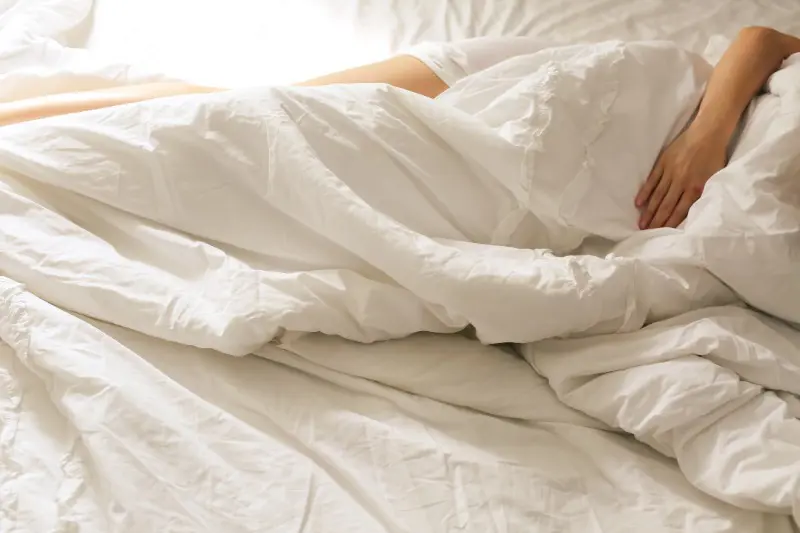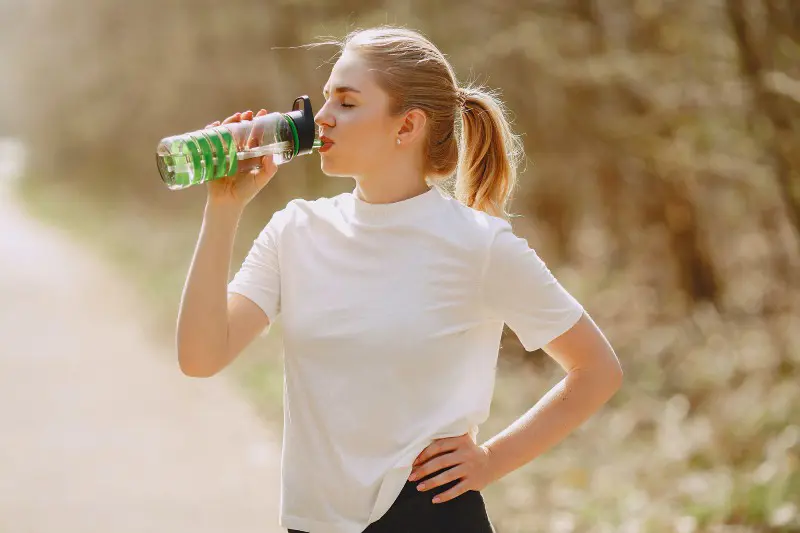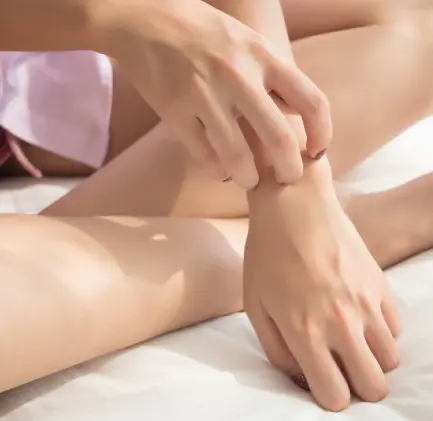How to deal with heat rash
1/7/2020
The arrival of the warmer weather usually means barbeques in the garden and sipping ice-cold drinks under a parasol, but it’s important to not forget to protect our skin.
Taking extra precautions to look after your skin in the warmer summer months can help to prevent conditions, such as heat rash, from disrupting your outdoor activities.
What causes heat rash and how long does it last?

Your skin is your first line of defence and protects you from the outside world. It also helps regulate the temperature inside your body by producing sweat. In the warmer months of the year, your body will produce more sweat as a method of self-cooling.
- Heat rash, also known as prickly heat, is usually caused by excessive sweating. Whereby the sweat glands get blocked and the trapped sweat leads to a developing rash.
- Although heat rash is most typically caused by excessive heat and sweating, this does not prevent it from occurring throughout the colder months. As people tend to layer up to keep warm, sweat can often become trapped and create a heat rash.
- Anybody can experience heat rash and it will usually last no longer than two to three days with treatment.
What does heat rash look like?
Usually occurring on the back, neck or chest, heat rash will often look like tiny pink bumps or pinpoint-sized water blisters. There are three different types of heat rash that can all range in severity and appearance:
How can you prevent heat rashes?
Heat rashes can often seem like they appear randomly, but there is usually a reason that has caused your sweat glands to become blocked. Although it’s often advised to keep skin hydrated with moisturiser during warm weather, it’s important to not use thick lotions or creams that can clog your pores. Heat rash can often occur when the pores are clogged and sweat becomes trapped.
Treatment for heat rashes
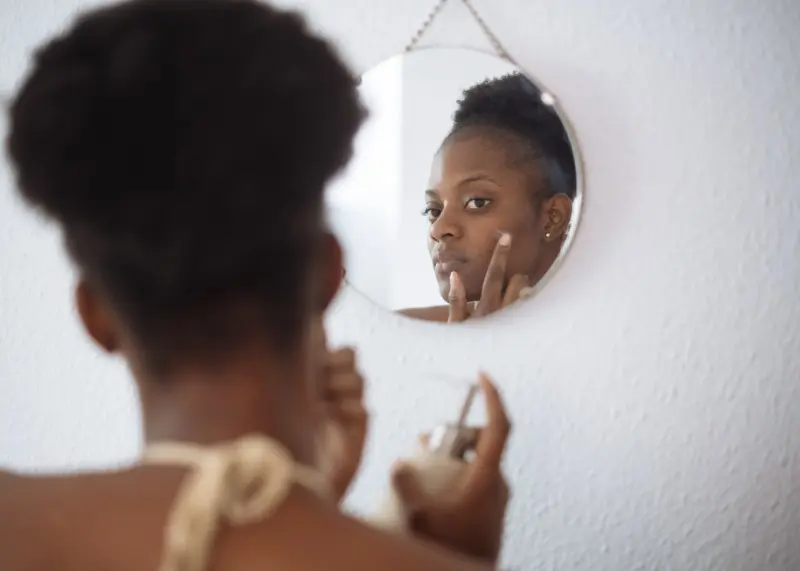
To treat heat rash effectively it’s important to keep the skin cool and dress in loose, lightweight clothing that keeps moisture away from your skin.
There are some ways to get some quick relief for heat rash:
- Keeping the skin cool with cold compresses or ice packs
- Staying out of the sun by seeking shaded areas
- Bathing in cold water will allow the skin to cool down, but be sure to allow your skin to air dry to avoid further irritation.
To help treat heat rash quicker you can use topical treatments in combination with previous tips. A pharmacist will be able to advise the best treatment for your heat rash depending on which type you have.
Eurax
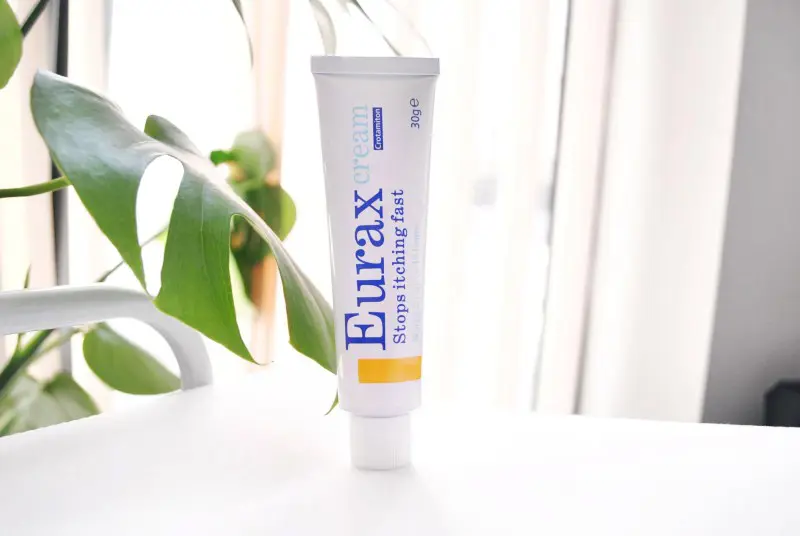
The active ingredient in Eurax 10% cream, Crotamiton, relieves itching and soothes the skin when affected by skin conditions such as heat rash.
- Eurax 10% Cream can be applied directly to the affected area 2-3 times a day for fast-acting and long-lasting relief, that lasts up to 10 hours, from the symptoms of heat rash such as itchiness.
- When applying Eurax to the affected area, ensure any other ointment or moisturiser has been cleaned off before application and the skin is dry.
- Eurax cream can be used in children. However, for children under 3 years of age usage should only be used under medical supervision and should not be applied more than once a day.




